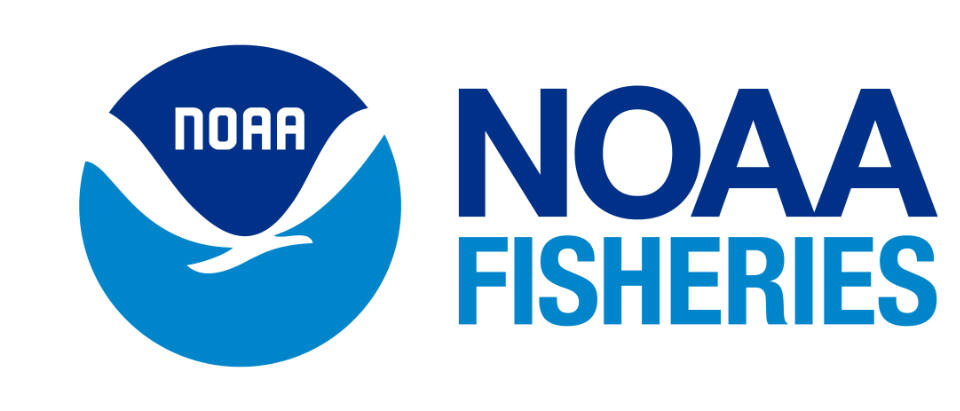Public comments on an effort to list Gulf of Alaska chinook salmon under the Endangered Species Act are due to the National Marine Fisheries Service by Sept. 6.
Washington state-based environmental group Wild Fish Conservancy on Jan. 11 filed a 69-page petition with the U.S. Department of Commerce and NOAA Fisheries Directorate to list the species as threatened or endangered.
The listing would impact chinook salmon harvest in habitats statewide, including Southeast Alaska, Prince William Sound, Cook Inlet, Kodiak and the Alaska Peninsula.
The National Marine Fisheries Service on May 23 posted a federal regulations document announcing “a petition to list Gulf of Alaska (GOA) Chinook salmon as a threatened or endangered species under the Endangered Species Act (ESA) and to designate critical habitat concurrent with the listing.”
The public comment period was initially set to be closed in July but was extended to September. As of Aug. 27, there were 74 public comments received from a variety of sources including individuals, organizations and communities. There is a joint comment letter on the website from representatives of the Homer Charter Association, the Seward Charter Association and the Alaska Charter Association that opposes the petition. The City of Kenai also submitted a letter in opposition.
The Alaska Department of Fish and Game and the Alaska Marine Conservation Council have both provided reports via their website and by press release opposing the listing, saying that the report filed is flawed and inaccurate.
“The petition was clearly drafted by people with little knowledge of Alaska and Alaska salmon stocks,” Commissioner Doug Vincent-Lang said in a May 23 press release. “It was rife with significant factual errors, omits important data that are widely available, and does not accurately describe the status of chinook salmon in Alaska. It is mind boggling that NMFS could make a positive finding based on cherry-picked data to support a pre-determined viewpoint. I am concerned that this decision will encourage more frivolous petitions in the future.”
The May release also states that chinook populations across the species range have been returning lower in recent years, largely attributed to changes in the marine environment. “The State of Alaska has invested substantially in marine salmon research to better understand the causes of declines and identify potential solutions,” Vincent-Lang said.
The Alaska Marine Conservation Council provided their official five-page comment on Aug. 8, stating, “AMCC does not support and is very concerned that a threatened or endangered ESA-listing transfers the management of the listed units and their critical habitats from the State to the federal government.”
Documents available for public review on the Alaska Marine Conservation Council website are: NOAA Fisheries 90-day finding on a petition to list Gulf of Alaska chinook salmon and extension of the comment period; the petition from the Wild Fish Conservancy; the Alaska Department of Fish and Game’s Endangered Species Act Status Review Points; and a complete letter from the Alaska Marine Conservation Council regarding the listing.
These are available at: https://www.akmarine.org/comment-on-esa-listing. This website also provides a link to the Federal eRulemaking Portal where comments can be submitted directly.


